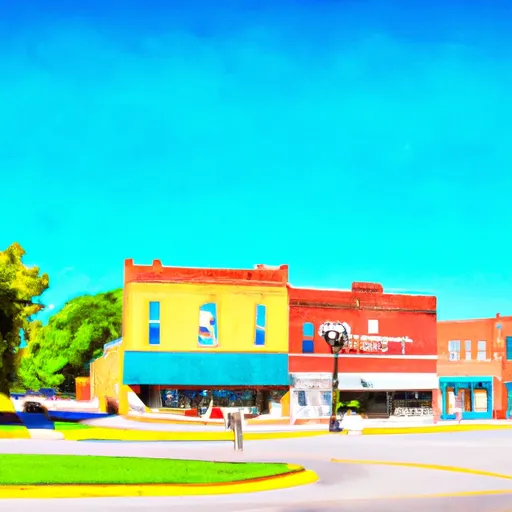°F
°F
mph
Windspeed
%
Humidity











Arthur, Iowa is a small town located in Ida County in western Iowa. The climate of Arthur is typical of the Midwest, with hot summers and cold winters. Precipitation is fairly evenly distributed throughout the year, with an average of around 30 inches annually. The town is situated near the Maple River, which is a tributary of the Missouri River. Hydrology constituents in the area include nitrates and phosphates, which can impact water quality. Outdoor recreation opportunities in Arthur and the surrounding area include hunting, fishing, and hiking. Nearby parks and wildlife areas include the Crawford Creek Wildlife Management Area, the Willow Creek State Park, and the Moorehead Pioneer Park.
Weather Forecast
Arthur receives approximately 796mm of rain per year, with humidity levels near 84% and air temperatures averaging around 9°C. Arthur has a plant hardyness factor of 5, meaning plants and agriculture in this region thrive during a short period during spring and early summer. Most plants will die off during the colder winter months.
Regional Streamflow Levels
149
Cubic Feet Per Second
24,000
Cubic Feet Per Second
58
Cubic Feet Per Second
165
Cubic Feet Per Second
Nearby Camping
| Camping Area | Reservations | Toilets | Showers |
|---|---|---|---|
| Carson City Park | |||
| Botna Bend County Park | |||
| Legion City Park | |||
| Pottawattamie County Fairgrounds | |||
| Olde Towne Co Park | |||
| Pierce Creek Rec Area |



